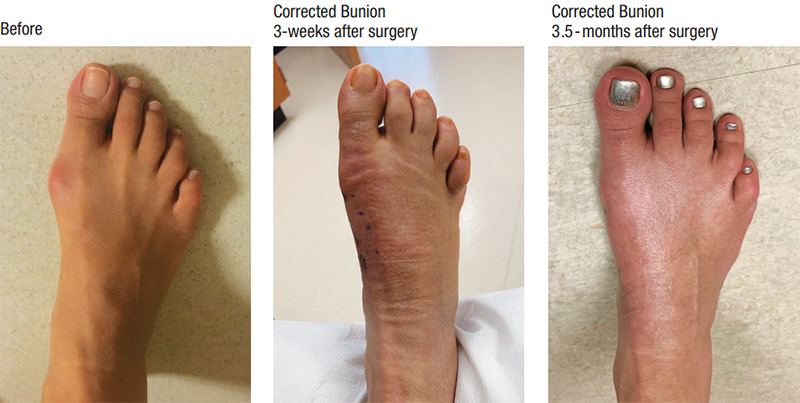Understanding the Complications of Bunion Surgery: A Comprehensive Guide
Bunions may cause great pain and movement problems, hence they are not just a cosmetic problem. Imagine having constant foot discomfort that affects everyday activities and limits involvement in preferred pastimes. Since this is their reality, many people with bunions start to think about surgical solutions. Though bunion surgery might provide comfort, it's important to be aware of the likely risks linked with the operation. This article addresses the complications of bunion surgery, the attendant dangers, and several options—including bunion splints—as mentioned here.

The Justification for Bunion Surgery
Hallux valgus surgery—bunion surgery—is sometimes indicated when conservative treatment fails to ease pain. The procedure aims to straighten the big toe and remove the bony extension surrounding its base. Even if bunion operation is very effective, patients should be advised of the probable side effects including infection, nerve damage, and long recovery times. These issues could significantly affect the overall outcome and lead to further medical operations. Making smart decisions about foot health hinges on knowing these risks.
Before deciding on surgery, people should look at all their possible therapeutic options. Among non-surgical methods that could provide relief without turning to invasive procedures include custom orthotics and physical therapy. But when surgery is needed, detailed talks with a healthcare professional about the prospective issues and the surgical approach are very essential. Through this preparation, patients may reduce their concerns before the procedure and generate acceptable expectations.
Understanding the Risk Involved
Every surgical operation involves some risk; bunion surgery is no exception. Complications impact long-term results as well as short-term healing; they may be modest to severe. Typical problems include post-operative trouble walking, too much edema, and stiffness. Sometimes, individuals suffer from persistent discomfort years after the surgery. Anybody seeking bunion surgery must be aware of these complications as they affect their choice of action.
Moreover, the success rate of bunion operation varies, and not every patient gets the expected result. Some may discover that their bunions come back and need further surgical correction. One should consider the possible advantages of the hazards and engage in honest discussions with medical experts on certain situations. Participating in this conversation helps one better grasp expectations and handle possible difficulties.
Investigating Alternatives Without Surgery
Bunion splint provide a non-invasive alternative for those reluctant about surgery. These devices slow down the development of bunions and gently straighten the big toe, reducing discomfort. Although they may not provide a clear fix, bunion splints greatly increase comfort and quality of life. Many people have discovered that over time, using these splints during rest or sleep helps ease pain and correct toe alignment.
One has to understand that bunion splints are not a panacea. Particularly in extreme situations, they could not eradicate the necessity for surgery. Still, they are a great tool for controlling symptoms and postponing surgical action. Those contemplating this alternative should see medical experts to ascertain the best course of action depending on their circumstances.
Conclusion:
Anyone thinking about bunion surgery must first grasp its difficulties. Even if surgery may alleviate extreme suffering, it is crucial to carefully discuss the linked risks. Furthermore extremely important in reducing discomfort and enhancing quality of life are non-surgical solutions like bunion splints. Making wise choices about foot health is vital; hence, expert advice may help clarify things. The sydneybunionclinic.com.au website provides excellent tools for anybody looking to better grasp their possibilities for more insights and professional direction.
Comments
Post a Comment